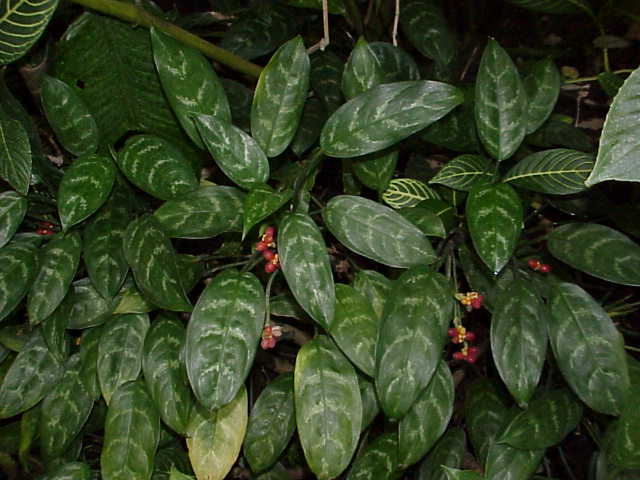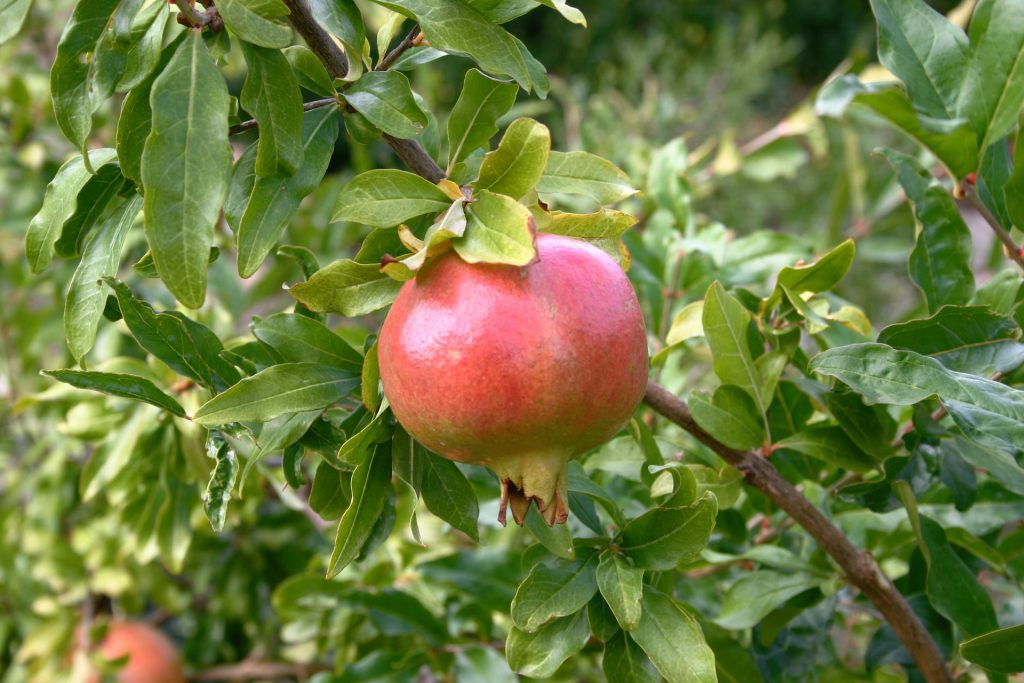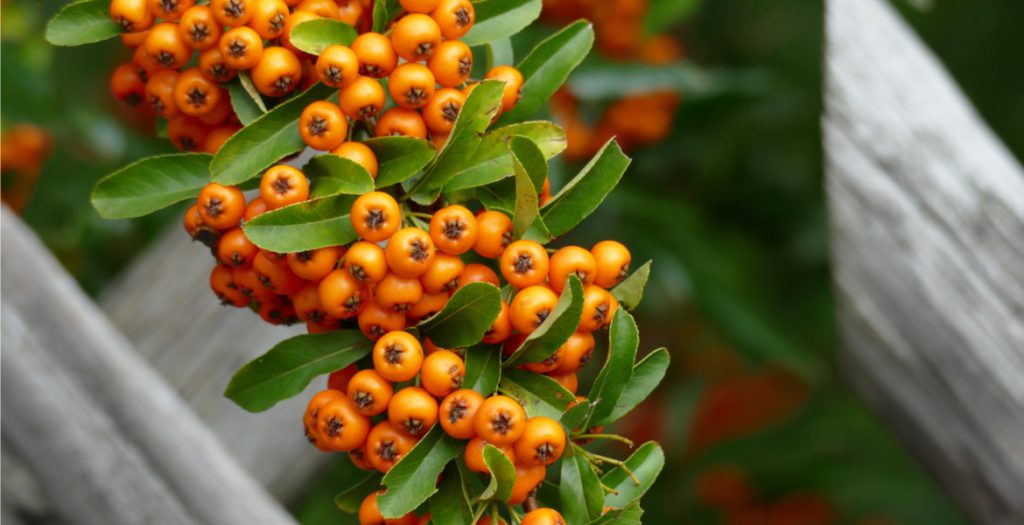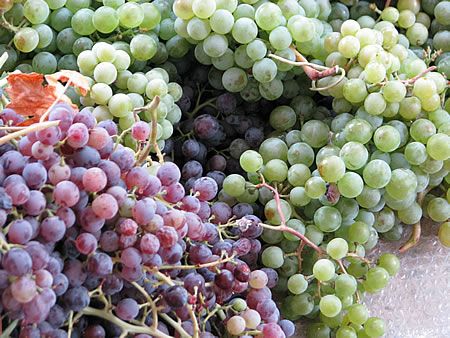The Aglaonema is one of a handful of plants that can adapt to fluorescent lighting conditions. Combined with its relatively low watering demands and beautifully variegated leaves, it’s a strong and original choice for an office plant!
Commonly called the “Chinese Evergreen”, this plant is native to the tropical forest floors of Asia, and so appreciates a spot where it can receive indirect light as direct sunlight can scorch its leaves. Keeping it a few feet from a well lit window where it can receive bright diffused light is ideal; however some Aglaonema cultivars can tolerate lower light levels and even fluorescent lighting conditions.
Aglaonema like to dry out between waterings, so feel the soil with your finger a few inches down to ensure it isn’t moist right beneath the surface. If your plant is in a bright location, then you will want to water it when the soil is dry halfway down the root mass (if you have a taller planter, sometimes moisture can build up in the bottom of the container so keep that in mind). If you have your plant in fluorescent or lower light conditions, then it’s best to let the soil dry out almost all the way to the bottom of the pot before watering thoroughly.
Be weary of overwatering with this plant as it can be prone to root rot. The key signs of overwatering are yellowing or mushy stalks or leaves. If you find this occurring then it’s best to let the soil dry out completely before watering again, and to follow careful watering patterns going forward.
Rotate your plant periodically to ensure even growth on all sides and dust the leaves often so the plant can photosynthesize efficiently. This is especially important if the plant is in a lower light locationas the plant’s ability to photosynthesize is decreased in lower-light conditions. When dusting the leaves, also take the opportunity to inspect the undersides and keep an eye out for pests.
Aglaonema has yellow or brown leaves shortly after receiving it
This is most likely due to transplant shock. Transplant shock is totally normal, and almost all plants experience some form of it by losing a few leaves or showing some discoloration upon arriving to a new environment. Prune off any unsightly leaves and be sure to follow the plant’s specific care instructions. If the problem persists, then the lighting and/or watering patterns may need adjusting.
Why are my Aglaonema leaves drooping?
Droopy leaves can be an indication of insufficient lighting or improper watering. If receiving too much direct sun, Aglaonema foliage may curl under for protection against sunburn. In insufficient light, the leaves can also begin to wilt and show signs of weakness. A combination of yellow and brown leaf margins, moist soil, and droopy leaves is often a result of too much water. Crispy, fully yellow or brown leaves and dry soil is typically a result of too little water. If you are experiencing these symptoms, refer to the Aglaonema care guide and adjust either lighting or watering as needed.
Why are the stalks of my Aglaonema turning yellow and brown?
This is most frequently caused by too much moisture being held in the soil, causing the roots to rot. Aglaonema stalks retain water for the plant in periods of drought. If there is too much water in the soil and the stalks are also full of water, this can cause the plant to rot. In this case, hold off on watering, aerate (or in severe cases replace) the soil, and prune away any rotting stalks. Water the plant again only when the soil has dried completely throughout the pot.
How often should I fertilize Aglaonema?
For smaller desktop plants, we suggest repotting once every 12-18 months. Choose a potting vessel 1”- 2” larger in diameter to allow for growth. Don’t choose a pot much larger than the previous as this could hold excessive moisture and drown the plant’s roots if you’re inexperienced with indoor plant care. If you prefer to maintain the current size of your plant, repot into the same vessel, providing new soil and trimming away some roots and foliage. Spring or summer is the ideal time for repotting as plants are at their strongest during the growing season.
For larger floor plants, we suggest repotting every 18-24 months. Choose a potting vessel 2”- 4” larger in diameter to allow for growth. Don’t choose a pot much larger than the previous as this could hold excessive moisture and drown the plant’s roots if you’re inexperienced with indoor plant care. If you prefer to maintain the current size of your plant, repot into the same vessel, providing new soil and trimming away some roots and foliage. Spring or summer is the ideal time for repotting as plants are at their strongest during the growing season.
Greek name: Αγλαόνημα.
Sources: https://www.valentine.gr/aglaonema_gr.php, https://greeneryunlimited.co/blogs/plant-care/aglaonema-care, https://en.wikipedia.org/wiki/Aglaonema





